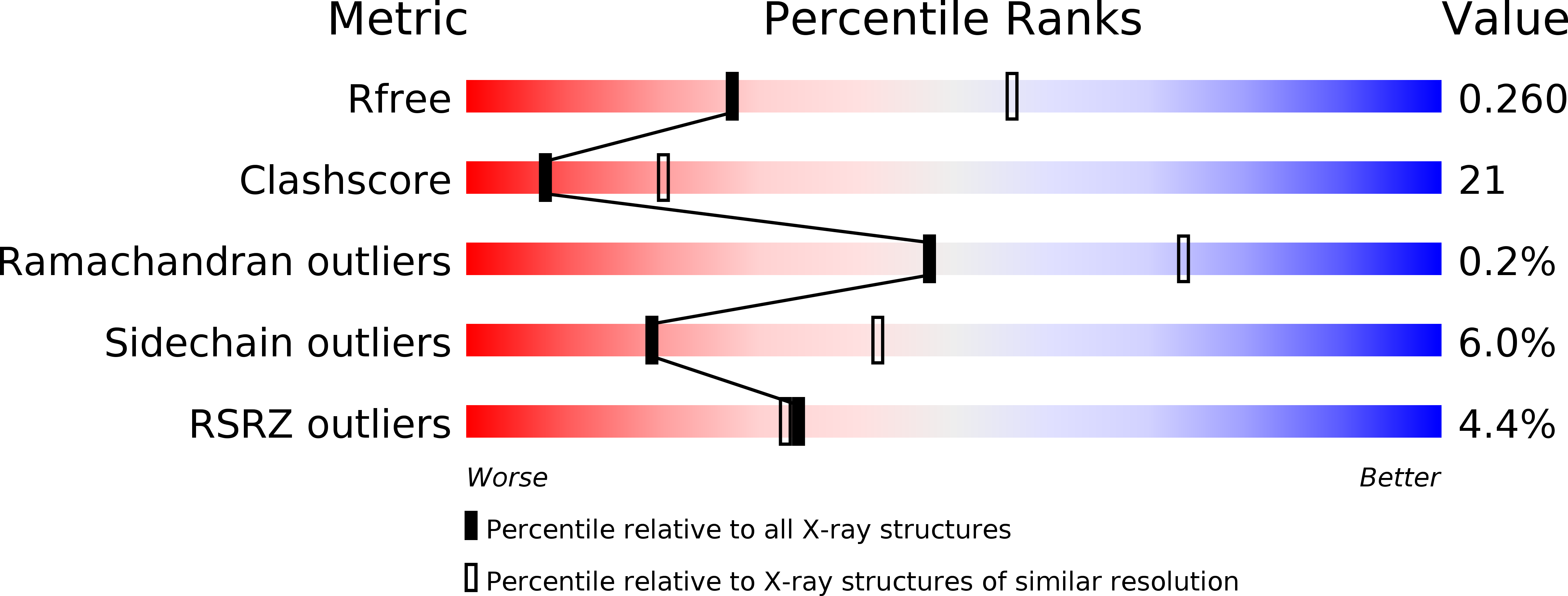
Deposition Date
2017-08-10
Release Date
2017-09-06
Last Version Date
2024-01-17
Entry Detail
PDB ID:
5OQ4
Keywords:
Title:
PQR309 - a Potent, Brain-Penetrant, Orally Bioavailable, pan-Class I PI3K/mTOR Inhibitor as Clinical Candidate in Oncology
Biological Source:
Source Organism:
Homo sapiens (Taxon ID: 9606)
Host Organism:
Method Details:
Experimental Method:
Resolution:
2.70 Å
R-Value Free:
0.26
R-Value Work:
0.19
R-Value Observed:
0.19
Space Group:
C 1 2 1


